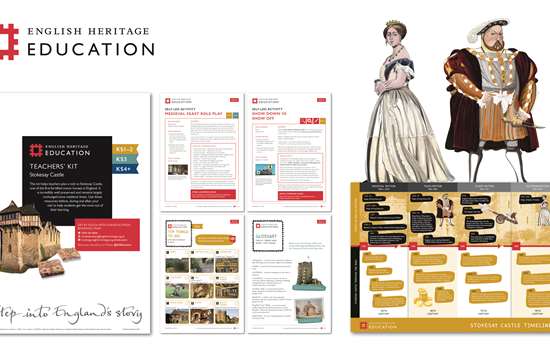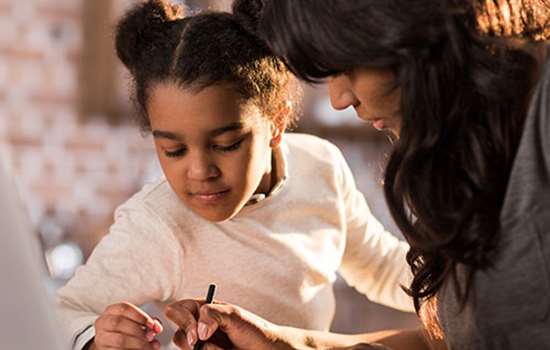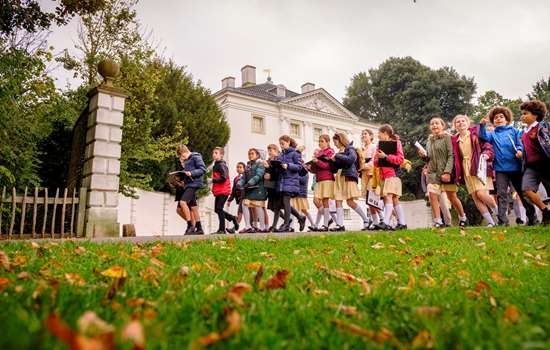Hints and Tips
- Compare and contrast - Encourage your learners to compare and contrast life in the past with the present day to better understand how things have changed in their local area. For example, considering how prominent landmarks like castles and historic houses in your town have developed over time can tell us a lot about how people's daily lives have changed.
- Make it relatable - Explore the stories of the areas that your learners know well. Finding out more about the streets they live on and local landmarks they visit, like castles, historic houses and gardens will strengthen engagement and develop a sense of ownership.
- Map out your findings - Using maps of your local area can help learners make connections between the streets and features they see every day and how these may have looked in the past.
- Create a sense of time - Understanding time is often difficult for younger learners. Create timelines, both drawn and physical, to help your learners develop a greater understanding of the passage of time in relation to their studies.
Bringing Your Local History to Life
History is all around us. Both recent and not so recent history can be found in our local areas. Historic places like castles, gardens, and monuments can provide evidence for change over time in your town or city.
English Heritage cares for over 400 sites and monuments across England that you can visit with your class or children at home. Search our interactive map to learn more about the English Heritage sites in your area. Where will your local learning take you?
Find your local siteExploring Your Local History
Studying local history provides a unique opportunity for learners to step into history within their local area. They can compare and contrast their lives today with people in the past and chart the story of local features through time.
To support this exploration of local history, we've created a series of site-specific pages to inspire your local history learning. Aimed at National Curriculum Key Stages 1-3, these case studies provide ideas for using our sites to develop your local history study topics. From Pendennis Castle in the south west, to Hadrian's Wall in the north, there's lots to inspire your local learning.
-
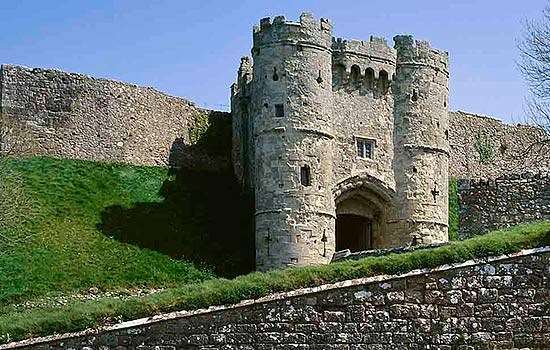
Carisbrooke Castle, Isle of Wight
-

Deal Castle and Walmer Castle, Kent
-
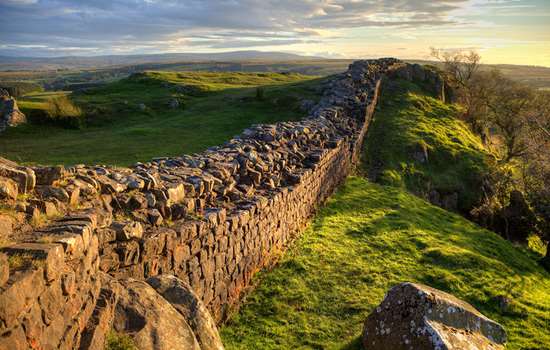
Hadrian's Wall, Cumbria & Northumberland
-

Pendennis Castle and St Mawes Castle, Cornwall
-

Stonehenge Landscape, Wiltshire
-

Warkworth Castle and Hermitage, Northumberland
-

Castle Acre, Norfolk
-

Clifford's Tower, York
-

Portchester Castle, Hampshire
-

Whitby Abbey, North Yorkshire
-
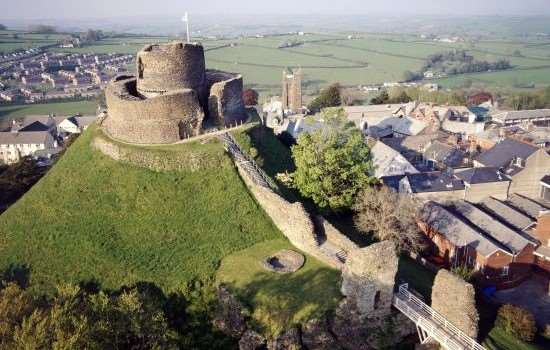
Launceston Castle, Cornwall
-
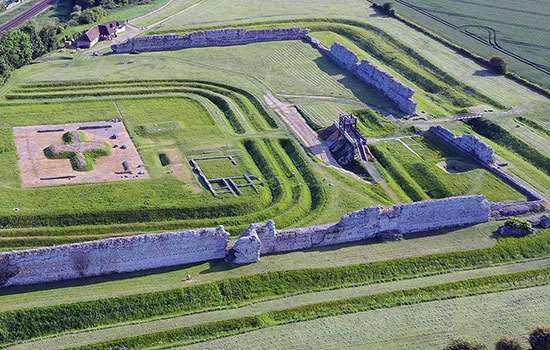
Richborough Roman Fort and Amphitheatre, Kent
Following a Theme
Studying a theme through history can be crucial to building pupils' understanding of time periods and change over time.
You can enhance your themed learning by extending your study to include your local environment. What can your area tell you about how childhood and schools have changed over time? Can you find clues about how medicine and health care have evolved?
Studying the Historic Environment
From buildings, to street lay-outs and parks, there are many surviving aspects of the historic environment that can provide evidence for life in the past. Consider taking your students on a local walk to explore these features, and map them for themselves to help gain a sense of time and place.
Local learning is also a great opportunity to introduce your students to a range of historical local sources. Exploring documents like maps, newspapers, and even census records, can help you find out what your local area was like in the past and give you clues as to who lived there and the industries they worked in.
We've developed a range of resources to support GCSE learners in their study of the historic environment, with a focus on using the physical fabric of our sites to understand their wider historical context. You can find out more by browsing our Teaching Resources Library using the link below.
Browse our Resources Library

